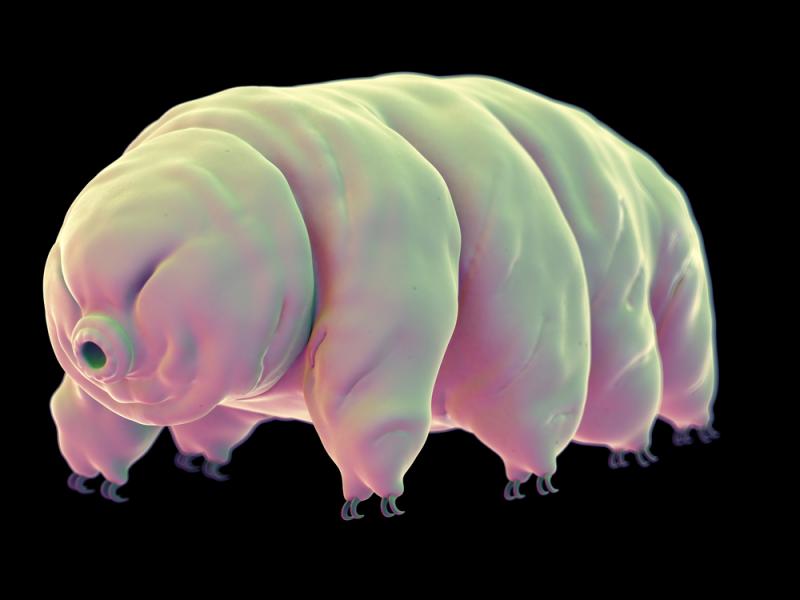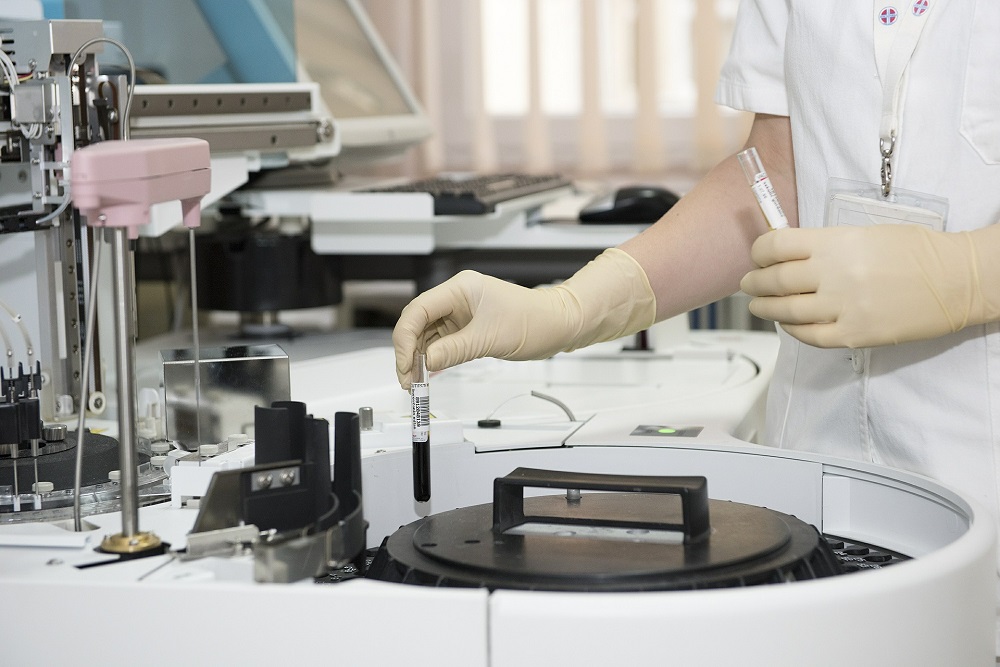Scientists speculated that the minuscule hard creatures called tardigrades may be the first life to survive in the barren surface of the moon. To this day, experts have been keeping tabs on how these beings walk on their own.
Nova Spivack, the co-founder and chairman of Arch Mission Foundation, speculated that tardigrades have “extremely high” chances to survive as he mentioned in a talk to BBC.
It was then revealed tardigrades are very well built to withstand any climate on Earth which includes high-level radiation and pressure, as well as in various harsh conditions.
Tardigrades may look odd at first. But it has, in fact, been actually nicknamed as water bear since it has been discovered back in the 1980s. According to Vox, it was first discovered in Antarctica and have miraculously survived even after being frozen for about thirty (30) years. With only a few millimeters long, these creatures came back to life as if time didn’t matter to them when the ice was thawed.
Demystifying tardigrades
Japanese scientists have previously found in 2016 a new tardigrade protein that probably explains why the tiny animals are resilient to extremely high amounts of radiation.
Takuma Hashimoto, a Project Researcher at the University of Tokyo’s Graduate School of Science, performed the tolerance experiments on the tardigrade Ramazzottius varieornatus that is known to survive exposure to high doses of radiation.
They decoded the full genome and found a new protein they have named Dsup (Damage Suppressor) that protects the DNA when it is irradiated.
When human cultured cells were exposed to X-rays their DNA was damaged. However, when those same human cells were given the ability to create the Dsup protein, they showed approximately half the DNA damage. Further, and most surprisingly, the cultured cells that could create Dsup were still capable of reproducing.
Tardigrades as the first living species on the moon
The Arch Mission Foundation believes that storing humanity in a virtual library can save the entire species’ extinction when this possibility came to rise. The company aims to incorporate the deoxyribonucleic acid (DNA) of humans remotely in space via the virtual library. This virtual library is called the Arch Library, and have been working diligently with the tech billionaire, Elon Musk and his company, SpaceX.
Early this year, a lunar Israeli lander which carries a couple of thousands of dehydrated tardigrades, crashed into the moon. This lunar lander was called Beresheet which was created by SpaceIL. It had been the first full-sized library to be set into space prior to SpaceX Roadster which was done with a partial library when it launched.
However, what will happen if the mission didn’t turn out well in the end? The digital library that has DNA samples of tardigrades were left to uncertainty if it’s still intact as it was mentioned to Wired. If it isn’t, experts can just bring the samples back to Earth to let the tardigrades be rehydrated again with little risk involved.
But if the crash landing turns out to be successful, the purpose of preserving the biology of humanity is one step closer for preparing the future species’ heritage in space.







